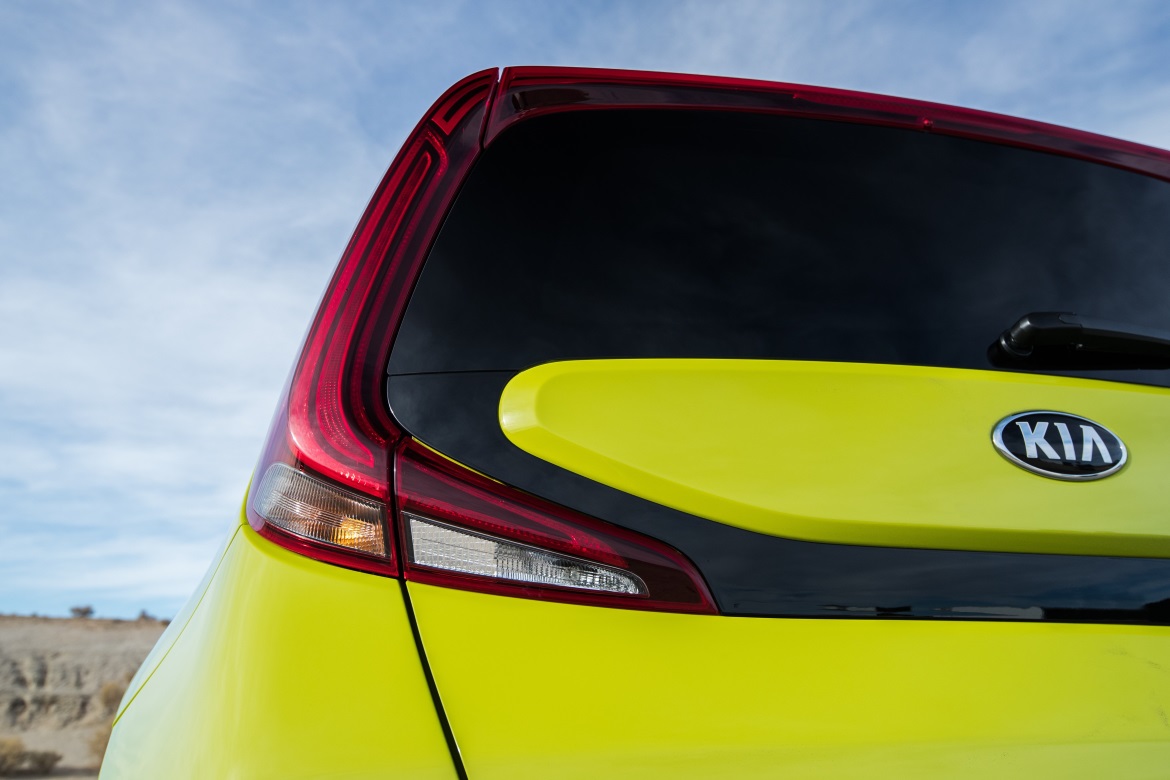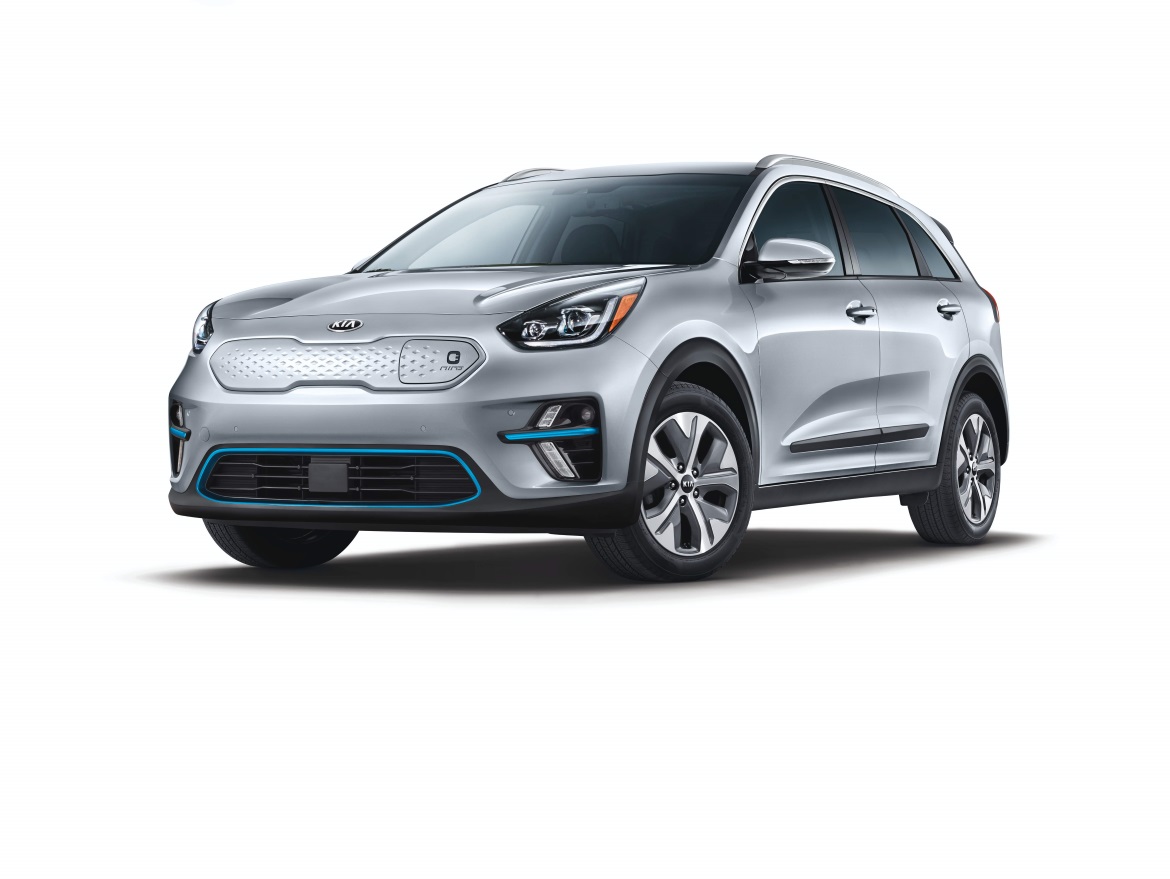Kia decisively sets its sights on the zero emissions range presenting the new e-Soul, the third generation model that boasts a completely new look, and the new e-Niro, an electric variant of the crossover that, since 2017, has been available as a Hybrid or Plug-in Hybrid variant.
The Kia e-Soul keeps the classic boxy style that has always distinguished it, reinterpreting it in a modern key. This model introduces a “shark-fin” roof mount and a front where the classic “Tiger Nose” radiator grille gives way to a horizontal grille that tapers into two much narrower headlights. The car redeploys the shape of the typical Kia radiator grille in the front bumpers’ air vent, where the fog lights and indicators are also located. The 17″ rims are also different, with a specific design and diamond cut face. When you get in, the e-Soul welcomes you inside an environment of softer, curvier lines (the designers were inspired by musical concepts) that are highlighted by the refined internal lighting system named Mood-Lamp. There are eight different colours and six themes to choose from. You control the lighting from the 10.25″ central display of the new infotainment system, which, for the first time, offers a split-screen function and Bluetooth connection capable of managing two smartphones at once.
The e-Niro, an electric variant of the Niro, arrives alongside the e-Soul. Having grown a few millimetres in length and width to make space for the batteries and maintain a best in class boot capacity (451 litres), the e-Niro presents individualised stylistic details both outside and inside the passenger compartment where, like the e-Soul, it introduces a 5-colour lighting system. Kia e-Soul and e-Niro are available in two variants: Mid Range and Long Range. The first will have 39.2 kWh batteries, a 136 HP electric engine, and will guarantee nearly 300 km of autonomy; the second will have a propulsive unit of more than 204 HP and a 64 kWh battery, promising around 450 km of travel on a single charge. Both Kia EVs come with paddles on the steering wheel that allow you to regulate the regenerative braking intensity across four different levels.
















